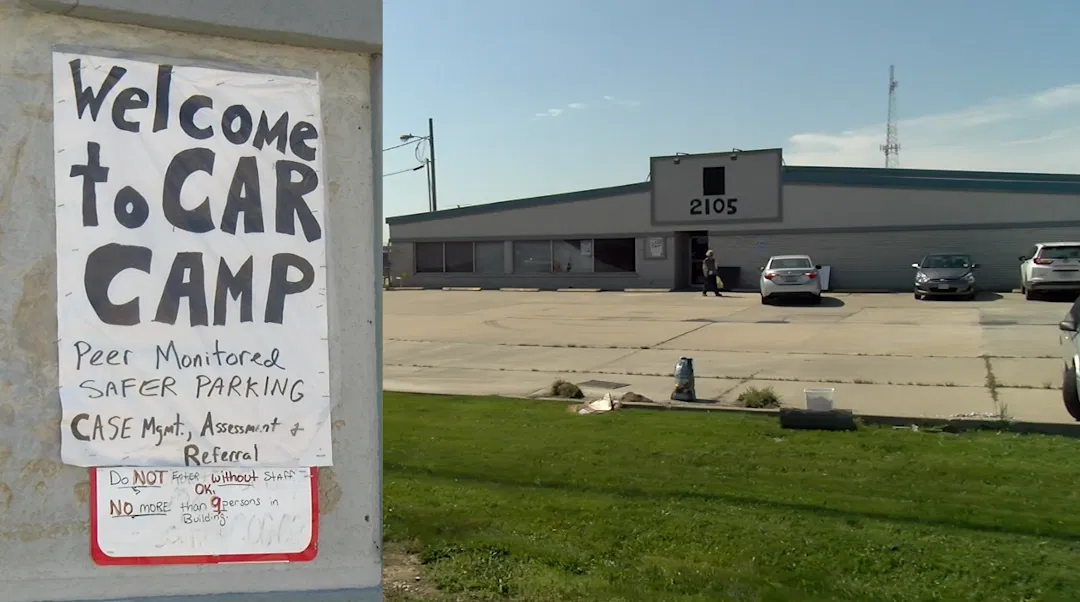A Heart Beat Op Ed
During a recent KOMU news broadcast, Room at the Inn director John Trapp repeated a misinformation about Columbia's homeless crisis that ignores an important point.
"The homelessness issue is really a housing issue," Trapp told a reporter. "We don't have enough housing."
But that's only true for a subset of the homeless population, which is not monolithic, not homogeneous. Like any population, unhoused persons are a diverse group.
Lack of affordable housing may cause homelessness among families and children, which includes single parents. It may cause homelessness after an eviction, with the working poor, or young people struggling to make ends meet.
These subsets of the homeless population are less visible, even invisible. And they are amenable to housing assistance, so much so that non-profits like Love Columbia are building affordable homes to help them.
Lack of housing is NOT the primary cause of homelessness among Columbia's high-profile homeless population, the people in the camps, on the streets, in merchant doorways, public parks, school grounds, with cars and grocery carts piled high, virtually anywhere that offers shade and quiet, if ever briefly.
Substance abuse, primarily hard narcotics such as meth, fentanyl, tranc, and other stimulants and opioids, is the primary cause of homelessness in this population. Criminal behavior with law enforcement troubles, often secondary to substance abuse, is another cause. Mental illness, also often secondary to substance abuse, is a third cause.
These folks are not children, and most are older and single. Street life has been a years-long, chronic existence.
Because this latter group is so visible, and the crisis they present so immediate, "we need more affordable housing" to help them has become a clarion call for politicians -- and an excuse (housing takes time) -- for delays in addressing our rising street and camp populations.
The next question, of course, is always: if X is not the answer, what IS? What might work?
Trapp's brother Mike, a longtime Second Ward City Councilman, had a good idea. He started something called "Car Camp" on Paris Road in a secured lot with an adjacent building that offered informal housing in a camp like setting with onsite assistance.
That concept -- informal housing in a camp like setting with onsite staff, no drugs, and no fighting -- offers sanitation, legal residence, relative safety, and most importantly, human help in an open-air setting that replicates camp and street life.
It could also be a first step, for some, toward enduring rehab and permanent housing.
Unlike the proposed $20 million Opportunity Center, Car Camp was bare bones, without non-profit offices and oodles of paid administrators. It seemed a reasonable middle ground between incentivizing/enabling and addressing/resolving.
It made a simple point: If you're gonna live outside, do it here, not in a city park or the doorway at Sam's Club.
Whatever the proposed solutions, one size will not fit all. It never does. Politicians and policy makers seeking pat answers and catchy slogans won't find them in Columbia's diverse homeless crisis.
Sidebar
Mobile Menu

 The Columbia Heart Beat
COLUMBIA, MISSOURI'S ALL-DIGITAL, ALTERNATIVE NEWS SOURCE
The Columbia Heart Beat
COLUMBIA, MISSOURI'S ALL-DIGITAL, ALTERNATIVE NEWS SOURCE

21
Thu, Nov
